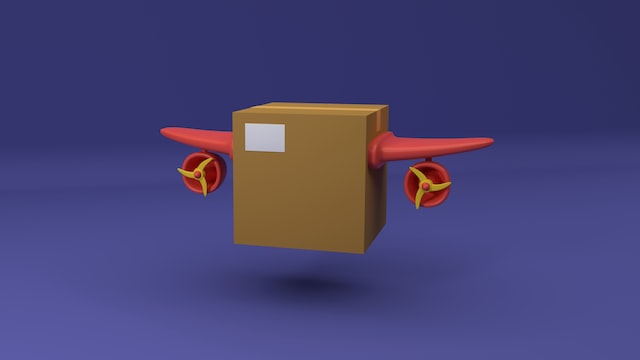Order fulfillment is the process a firm uses to handle a sales order in accordance with the customer’s demands, yet that undersells how important it is. Nowadays, mostly consumers are in control and have greater expectations. Effective order fulfillment of eCommerce delivery is essential to the success of your business, the retention of customers, and the reputation of your brand.
There can be no business without sales. There are only sales with order completion.
Describe Order Fulfillment
Even though a successful transaction is usually a cause for celebration, the task is finished once the consumer has received their order. Order fulfillment includes the crucial duties of putting together the order and sending it to the customer and the processes that help with those chores.
Strategic sourcing is the first phase in the order fulfillment lifecycle, which includes five main steps in total, culminating with same-day shipping. Order fulfillment is a term used by many firms to describe activities such as inventory control, supply chain management, order processing and customer service.
Most order fulfillment processes can be finished in a well-organized warehouse under one roof, depending on the size of your business. Many small businesses use a simple process to handle order fulfillment internally. Large organizations require a more complex, multi-layered distribution center plan. But in any case, the main goal is to deliver the customer’s order as quickly, reliably, and affordably as is practical.
How Does the Order Fulfillment Process Work?
In one or more distribution centers, the process of filling orders takes place. It often entails inventory management, supply chain management, order processing, quality control, and assistance for customers who need to report issues or exchange or return products.
Receiving Stock
Origins of goods can be either external (such as a supplier) or internal (such as another division inside the organization), physical (such as a warehouse) or digital (such as a pipeline carrying oil, fuel, water, or other fluids), or procedural (such as digital data from a database).
Inventory Management
After arriving at the fulfillment center, products are inventoried before being either distributed right away or placed in short- or long-term storage. Instead of keeping the product for future sales, items should only be kept long enough to aid in the orderly distribution of commodities for current sales.
Ordering Procedures
An order processing management system predetermines the product selection and packing procedures for each newly received customer order. Order processing can be initiated immediately in the online market by connecting order management software with the cart on an e-commerce website.
Picking
According to instructions on a packing slip, a picking automated warehouse robot chooses items from the warehouse. The packing slip includes particular details, including a list of product colors and sizes, the quantity of units, and where the item is located in the distribution center’s warehouse.
Shipping
A shipping hub or transportation network is used to transport the order to the customer. Shippers and carriers determine the amount due for freight based on the greater of the declared or actual package weight.
Processing of Returns
The first step in handling returns includes packing materials and a return label with the initial client order. When a customer brings back an item for an exchange or refund, the protocol must be followed meticulously to ensure that the thing may be refilled without issue. A faulty item can’t be put back on the shelves.
In Nutshell
It’s always possible to take a fresh look at your order fulfillment and management systems, regardless of whether you’re in the exciting early phases of order fulfillment experience. You can reduce expenses while still providing better customer service. That benefits both the firm and its loyal customers.


